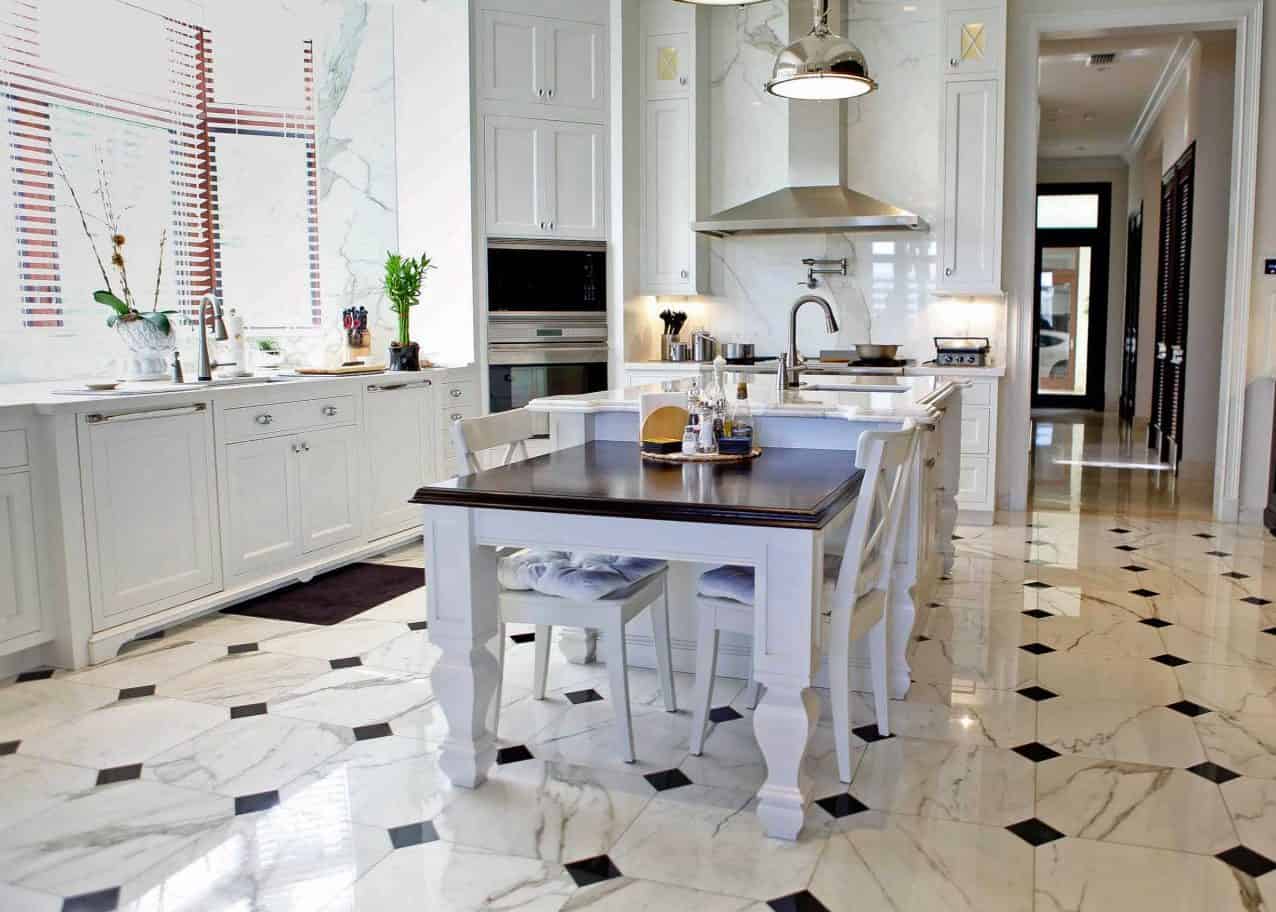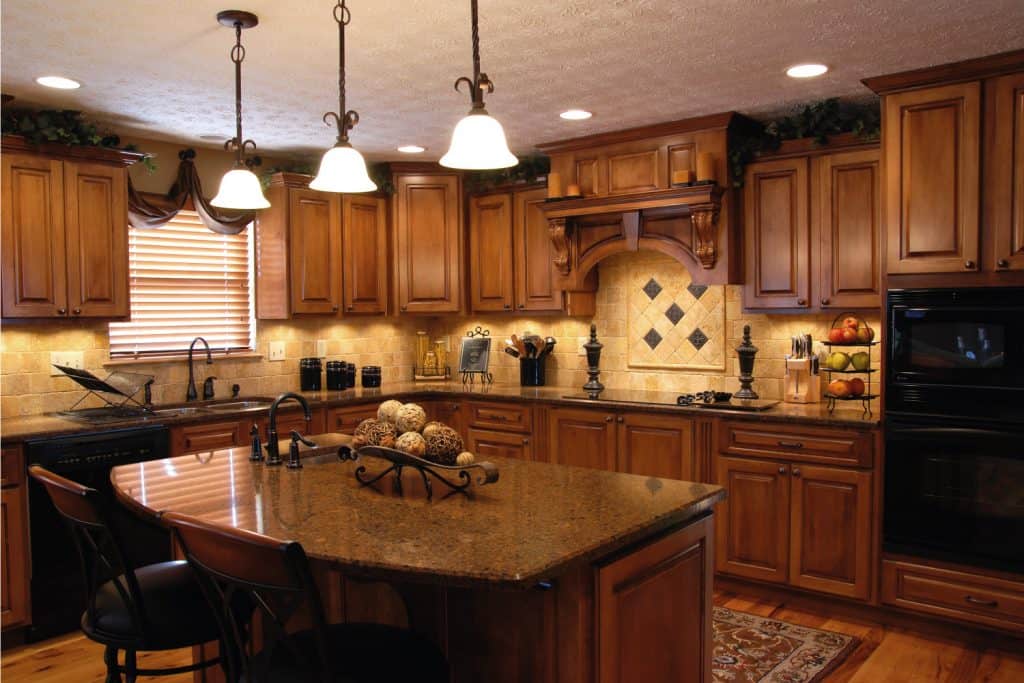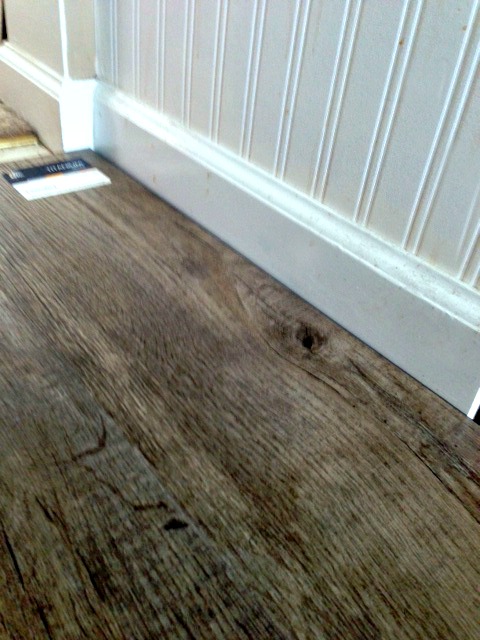Choosing the right kitchen flooring involves balancing durability, ease of installation, and maintenance. Vinyl plank flooring stands out as a top choice for its water resistance, affordability, and simple click-lock installation. Available in realistic wood or stone finishes, it provides style without the high cost or labor of natural materials. Laminate flooring is another practical option, offering scratch resistance and easy cleaning, though it’s less waterproof than vinyl. Both options allow for DIY-friendly installation, making them ideal for homeowners seeking a quick kitchen update without professional help.
Porcelain tile is a durable and low-maintenance option that works well in kitchens. Its hard surface resists stains, moisture, and heavy foot traffic, ensuring long-term performance. Large-format tiles reduce grout lines, simplifying cleaning and creating a sleek look. While installation requires more skill than vinyl or laminate, many homeowners opt for professional help to ensure a level, secure fit. Ceramic tile is a slightly more affordable alternative, though less resistant to extreme wear. Both materials stay cool underfoot, which can be a benefit in warm climates but may require rugs for added comfort.
For those who prefer a warm, natural look, engineered hardwood offers an easier alternative to solid wood flooring. Its layered construction provides better moisture resistance, making it more suitable for kitchens than traditional hardwood. Pre-finished planks come ready to install, reducing project time and mess. However, spills should be wiped up quickly to prevent damage. Cork flooring is another eco-friendly option, offering cushioning underfoot and natural resistance to mold and mildew. Both choices add warmth and texture but may require occasional resealing to maintain their best appearance.
Peel-and-stick tiles provide one of the easiest kitchen flooring solutions for renters or budget-conscious homeowners. These self-adhesive tiles come in various designs, from faux wood to geometric patterns, allowing for creative customization. Installation requires minimal tools—just a clean, dry subfloor and a steady hand. While not as durable as other options, they’re perfect for temporary updates or low-traffic kitchens. Luxury vinyl tile (LVT) offers a more permanent peel-and-stick alternative with higher durability and water resistance. Both options make refreshing a kitchen floor a hassle-free weekend project.
For a seamless, modern look, polished concrete flooring is gaining popularity in kitchens. Its industrial aesthetic pairs well with contemporary designs, and its ultra-durable surface handles spills and heavy use effortlessly. While professional installation is recommended for a flawless finish, concrete requires little upkeep beyond occasional mopping. Rubber flooring, often used in commercial kitchens, is another low-maintenance choice that provides slip resistance and comfort underfoot. Both options excel in practicality, though their bold styles may not suit every home. Ultimately, the best easy kitchen flooring depends on lifestyle, budget, and design preferences.
What Color Quartz Countertops Go With Maple Cabinets? – Home Decor Bliss
Sweet Foods food recipe ea on Second bathroom in basement
Color Outside the Lines: Kitchen Inspiration
Choosing Kitchen Flooring – Create and Babble
Flooring Brisk Living
Related Posts:








